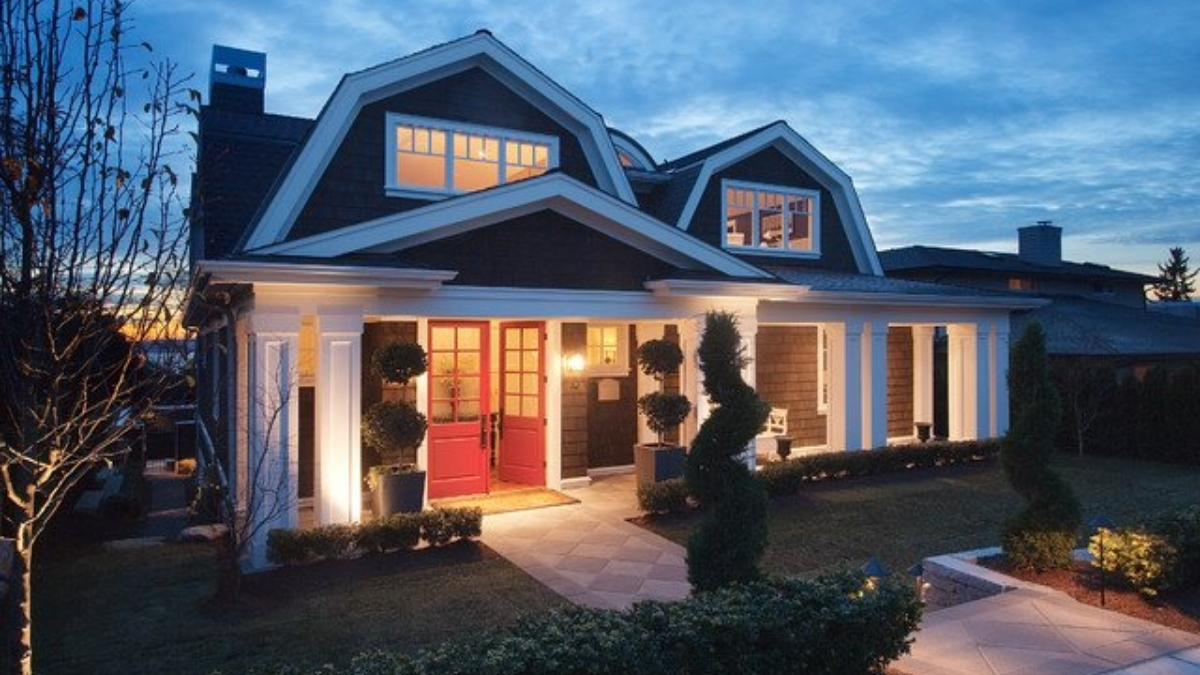You were supposed to grow old together, but now you are starting to feel betrayed… Not from your spouse – but from your house!
Your “safe place” is now turning into a scary place. With all the love and attention you gave your house over the years, it seems your house hasn’t kept up its end of the bargain.
A report by the National Conference of State Legislatures and the AARP Public Policy Institute revealed that nearly 90 percent of surveyed seniors over age 65 want to stay in their current residence for as long as possible, and 80 percent believe that their current residence is where they will always live. However, less than half of surveyed seniors indicate their homes are currently equipped to allow them to “age in place”.
The idea of staying at home is appealing because it does not involve any major life changes. You can keep your circle of friends and community, shop at the same familiar stores, visit your favorite restaurants, and keep your daily routine. But, as situations change, there comes a time when staying at home can become a source of stress rather than a comfort.
The key is to evaluate your home and determine what needs to be changed before there are any major health issues. You don’t want to be making remodeling decisions when you are in the middle of dealing with a health crisis – or have someone else making those decisions for you. You also don’t have to do everything at once. If you start planning now before any issues arise, you can space out the work and expenses over a period of time.
Let’s look at some easy, affordable ways to bring your house back to your safe place again.
- Increased lighting, especially at the front and back entrances, maybe with motion sensors so the lights come on as you approach the entrance. Increasing the wattage of the bulbs in interior hallways and stairways. Adding larger windows, skylights, or task lighting to the kitchen.
- Making a safer entrance with a ramp and railings and smooth threshold transitions between rooms and outdoor decks or patios.
- Add safety rails and grab bars in the bathroom
- Add a stair lift or platform lift for safe access to the upper and/or lower level
- Widen the doorways and hallways to accommodate walkers, scooters, or wheelchairs
- Add lever handles to doors, cabinets and faucets for easier opening
When you are ready to start your project, look for a company with accessibility experience who is familiar with the Americans with Disabilities Act guidelines, local zoning laws, and which employs Certified Aging in Place Specialists (CAPS) that have been trained by the National Association of Home Builders on remodeling existing homes to age-in-place.
Amramp can evaluate any home to determine what changes are needed to make the living space as accommodating as possible in the years ahead. Check out Amramp’s accessibility solutions online at amramp.com. Take advantage of Amramp’s FREE evaluation to review your needs and lay out a remodeling plan by calling 888-715-7598 or emailing to info@amramp.com.
Starting to add some or all of these changes now will help you to fall in love with your home all over again!




